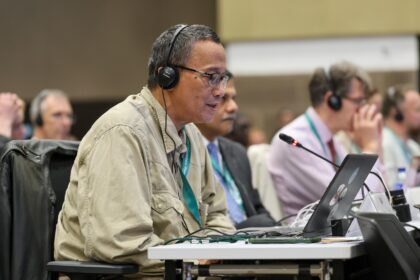[ad_1]
Inflation indicators are “flashing red alarm†according to former US Treasury Secretary Larry Summers, who warns that the Biden administration’s economic stimulus “is providing demand well in excess over the next couple of years of any plausible estimate of the economy’s potential to produce.â€
Y’think? Every survey of prices paid to US businesses, including several from regional Federal Reserve banks, shows the fastest price gains since 2007, just before the Great Financial Crash. Asia Times’ own calculations show that inflation already in the pipeline points to 4% year-on-year consumer price inflation and 8% wholesale price inflation by midsummer.
The former Treasury chief and Harvard University president might have added that the US government is doing everything possible to constrict the supply of factors of production at the same time that it pumps up demand.
Job openings are at an all-time high of nearly 7.4 million while the unemployment rate remains at 6%, vs. 3.5% before the Covid pandemic. The difference is the so-called labor force participation rate: Jobless benefits are so generous that the government is paying about 3% of the workforce to stay home. McDonalds is paying prospective workers US$50 just to turn up for an interview.
US businesses can’t find workers. They also can’t find semiconductors, thanks to a chain-reaction of panic hoarding caused by the Trump administration’s tech war with China. They also can’t find any number of other basic products in the supply chain, including wooden pallets for warehouse storage.
But the worst supply constriction of all comes from Biden’s proposed tax increases – a hike in the corporate tax rate to 28% from 21%, and a doubling of the long-term capital gains rate for wealthy investors to 43%.
That discourages businesses from expanding and deters investors from taking risks.
The prices paid by businesses as reported by the regional Fed bank surveys predict future inflation with a fair degree of accuracy, and Asia Times calculated the consumer and producer inflation rates implied by the extreme rise in input costs.
The answer is a 4% year-on-year rate of increase in the Consumer Price Index (CPI) and an 8% year-on-year increase in the Producer Price Index (PPI) by midsummer.
This calculation, though, doesn’t take into account the lagged effect of 12% home price inflation on the CPI, as we reported on April 19. That ought to be worth another 1.3% on the CPI by itself by the end of the year.
Of course, these are just projections based on past behavior. But there’s nothing unreasonable about that sort of projection, either. There’s a pretty fair chance that the US Federal Reserve will be looking at year-on-year consumer price inflation of 5% or more by sometime this summer.
The bond market presently is figuring on 2.5% consumer inflation over the next five years. That means that US bond yields could rise by a percentage point or two over the summer, and the equity market wouldn’t like that.
That poses a problem: Foreigners have been selling US Treasuries for the past year, but they have been buying into the US stock market recovery. If bond yields rise, US stocks will become less attractive.
Bond yields will have to raise a lot to entice foreign investors back into the Treasury market. That could set off a mutually reinforcing cycle of rising bond yields, falling stock prices and a weakening dollar.
We’ve shown this chart before, but it’s worth repeating: According to the US Treasury’s data on long-term transactions in US securities by foreigners, the rest of the world has liquidated bonds and bought stocks.
America’s stock bubble is the goose that lays golden eggs: It is the main attraction in America’s capital market for foreign investors. The Biden Treasury’s proposal to tax capital gains makes stocks less attractive in the first place and in time will cook America’s goose.
[ad_2]
Source link













